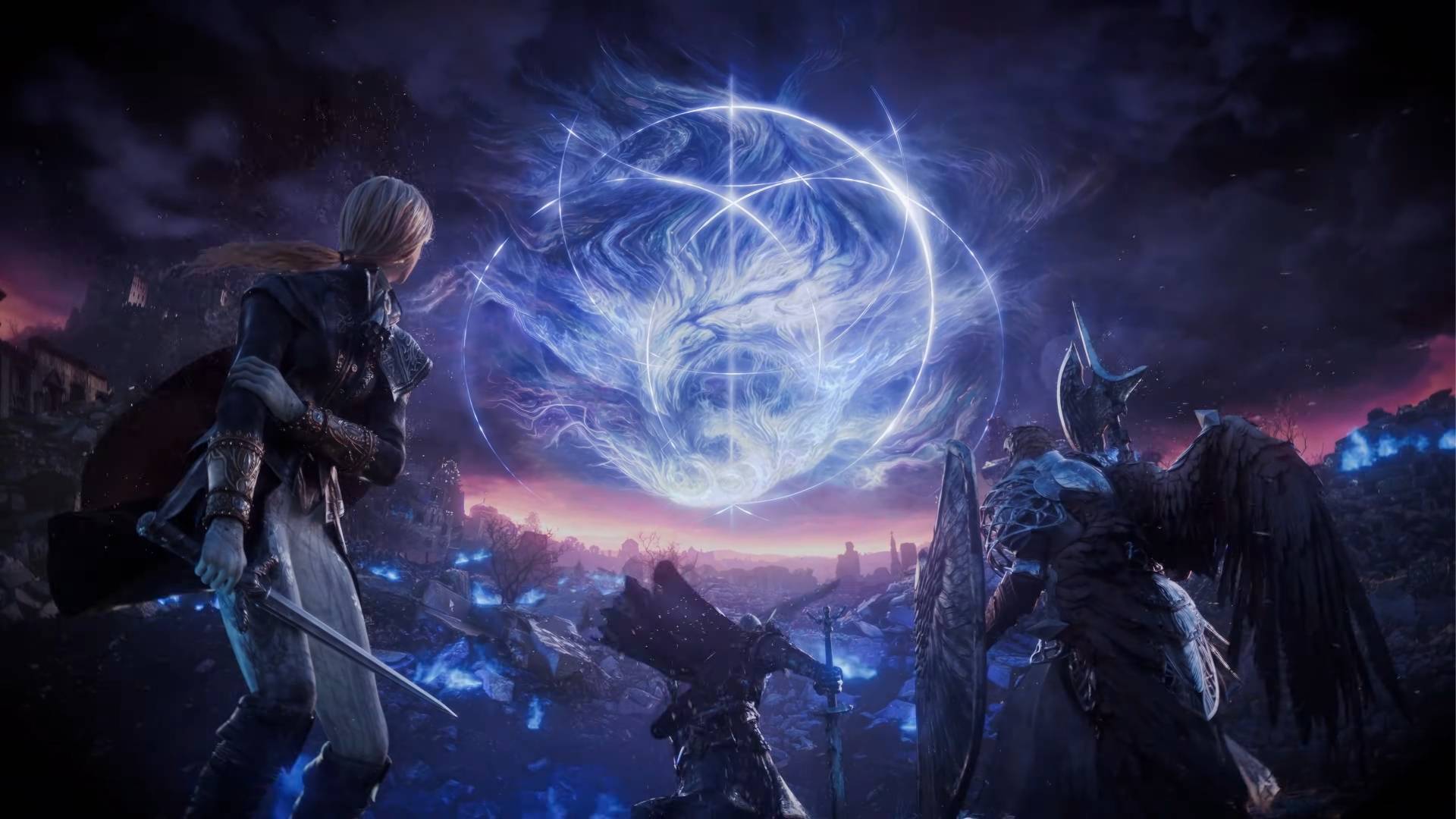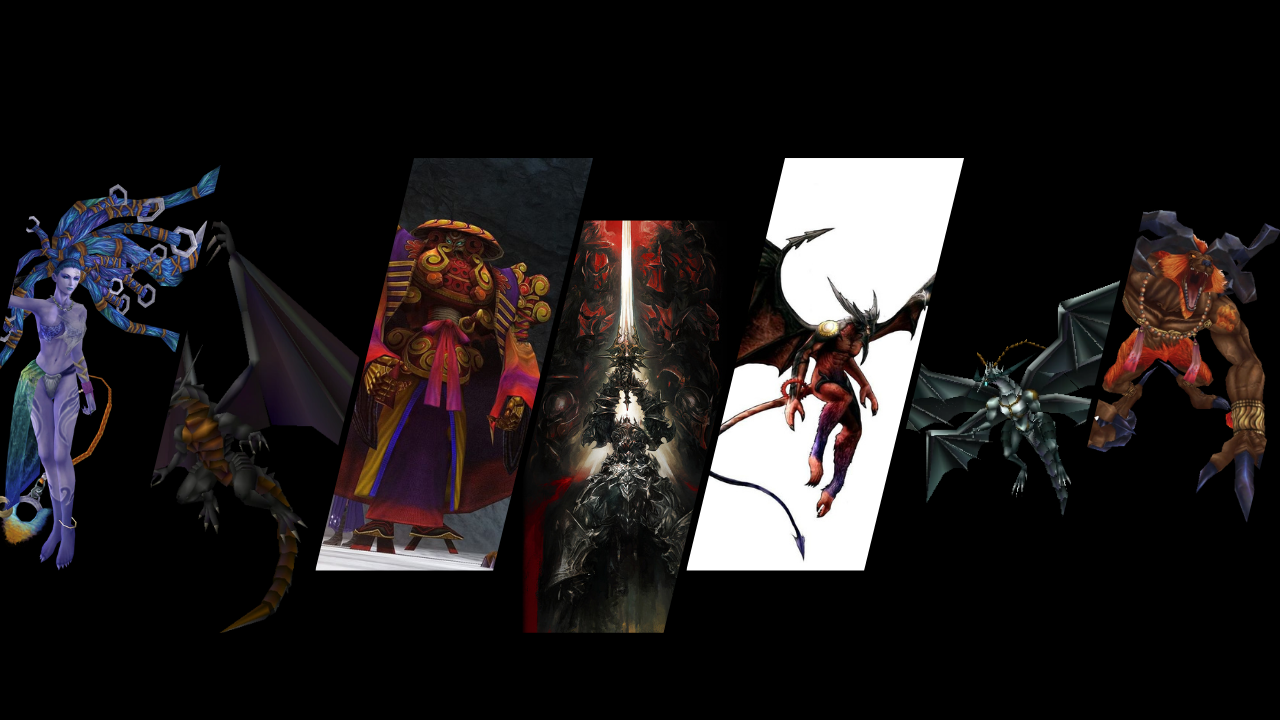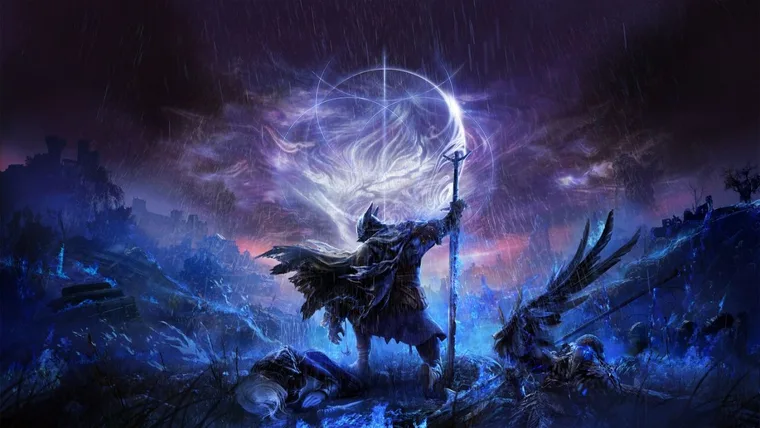FromSoftware’s Elden Ring: Nightreign is not just an expansion or DLC—it’s an experimental, co-op-focused roguelite that boldly reshapes the foundations of Elden Ring into something familiar yet completely new. It’s part love letter to the masochistic joy of brutal boss fights, part MMO-lite chaos machine, and part rogue progression gauntlet that challenges your reflexes, coordination, and patience. It’s also one of the most demanding games FromSoft has ever designed—not because of mechanical difficulty, but because it dares to ask for a perfectly synced trio of players to fully unlock its potential. When the stars align, Nightreign is sublime. When they don’t, it can be borderline unbearable.
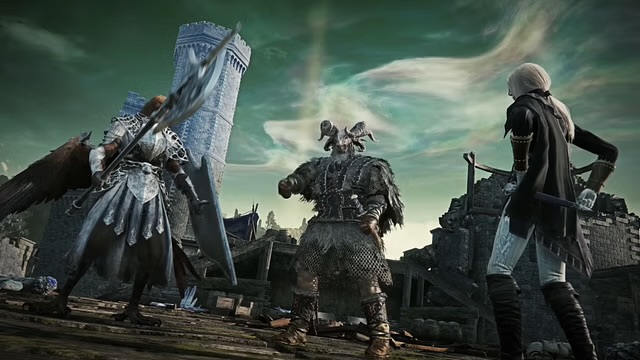
Set on the mysterious island of Limveld, Nightreign mixes and remixes biomes, enemies, and bosses from Elden Ring into a looping three-day cycle where players explore, battle, and prep to face off against a Nightlord boss before time runs out. It’s got the bones of a roguelite, with random events, run-based rewards, a shrinking battlefield à la battle royale, and procedural points of interest. But the hook—the real hook—is that it’s all designed around three-player co-op. Not “supports co-op,” not “optional co-op,” but explicitly built for three people playing in tandem.
The problem is, it’s very clear when you’re missing even one piece of that puzzle. Solo play exists, but it’s a mess. They did attempt to make your character stronger when soloing but balancing is nearly nonexistent, revives are stripped out, and itemized extra lives are rare and punishingly expensive. While hardcore FromSoft fans may relish the added pain, most players will find the solo experience not only unfair but also unreasonably frustrating. The thrill of progress is replaced with the irritation of arbitrary punishment, and the level design doesn’t adjust to accommodate a lone wolf. Where other roguelites offer lifelines—Hades’ Death Defiances, Returnal’s artifacts, Spelunky’s shortcuts—Nightreign just shrugs and says “Git gud.”
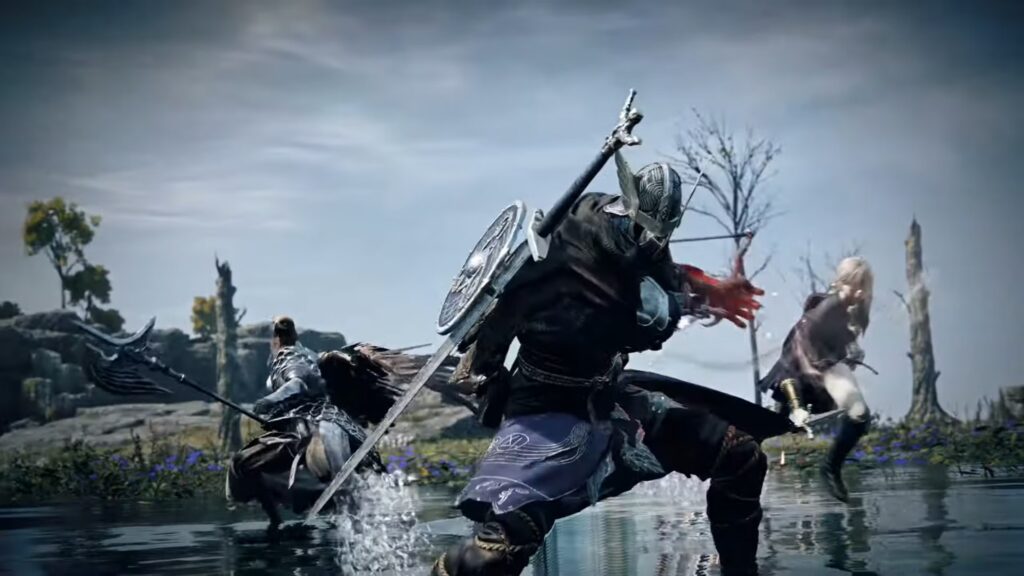
But when you do have a squad? Everything changes. Runs become exhilarating 45-minute rollercoasters of tight coordination, split-second decisions, and rich tactical planning. Each run becomes a story: Who gets which weapon? Do we split up to clear more ground or stick together for safety? Can we risk another encampment before the map shrinks? There’s a constant, intoxicating pressure to move, adapt, and overcome—especially when the Nightlord boss looms on the horizon. These bosses, all new to Nightreign, are some of FromSoft’s best. The fight against the Fissure in the Fog is an absolute masterpiece, blending MMO-style raid mechanics with FromSoft’s signature brutality. They’re intricate, punishing, and incredibly satisfying—if you have the team to take them on.
Class design—now formalized into “Nightfarers”—offers depth without overwhelming complexity. Each of the eight classes has unique mechanics and combat flow, from the grappling-hook-wielding Wylder to the Sekiro-inspired Executor. The latter, in particular, provides a risky but rewarding style centered around precision parries and stamina duels. While some classes feel more immediately effective than others, they all bring meaningful variety and synergy potential, especially once players dive into their remembrances—class-specific challenges that unlock relics and lore.
Relics serve as the core of Nightreign’s persistent progression system, offering passive buffs, skill upgrades, and other enhancements that carry over between runs. Early on, they feel too random and underpowered to matter, but with time and grinding, you start to see the shape of long-term builds and strategies. Still, FromSoft missed a trick here. The lack of control over relic drops is frustrating, and the in-game store feels too limited to compensate. You can spend hours grinding for upgrades to your preferred class, only to be handed relics that benefit a style you’re not even using.

The map of Limveld itself is a triumph of design in some areas and maddening in others. While it cleverly reshuffles objectives and points of interest each run, encouraging route optimization and exploration, some of the new traversal mechanics—especially the wall climbing—feel half-baked. In a game where movement is key and time is a limited resource, failing to scale a small wall three times in a row because of clunky animation is enough to sour an otherwise stellar run.
And then there’s the elephant in the room: connectivity. Nightreign desperately needs crossplay, built-in voice chat, and a proper duos mode. Right now, if you don’t have two real-life friends who a) also bought the game, b) play on the same platform, c) have similar skill levels, and d) can carve out 45-minute blocks on command—you’re out of luck. The matchmaking system does its best, and there’s a serviceable ping system, but the lack of communication tools makes strategy almost impossible with random players. Even something as simple as choosing which Nightlord to fight becomes a nightmare without verbal coordination.

What this results in is a game that flips between brilliance and tedium depending entirely on your social circumstances. With the right team, Nightreign is a revelation: a fast-paced distillation of Elden Ring’s RPG mastery into a co-op, boss rush roguelite that rewards skill, communication, and planning. With the wrong team—or worse, no team at all—it’s an uphill battle against design choices that feel punishing rather than challenging.
So where does that leave Nightreign? Somewhere between excellence and frustration. It’s packed with clever ideas, thrilling combat, and some of the best boss design FromSoftware has ever produced. But its success hinges entirely on whether or not you can play it under ideal conditions. For those who can, it’s a brilliant evolution of the Elden Ring formula, a rare example of co-op done right. For everyone else, it’s a reminder that even the strongest foundations can crack under the weight of inaccessible design.
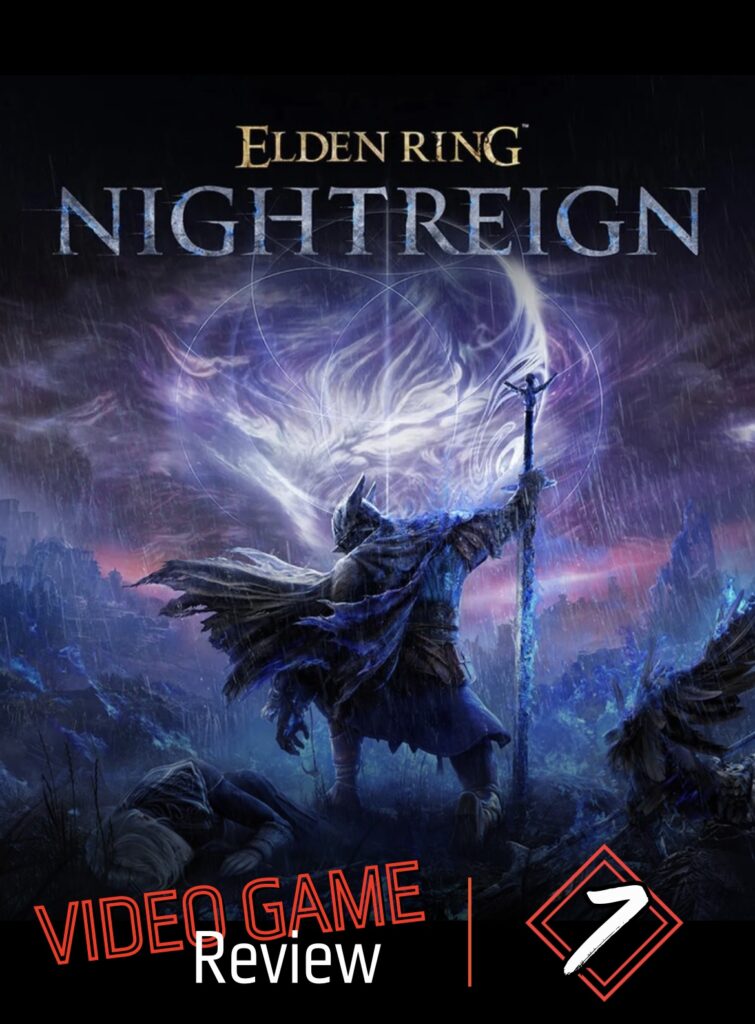
Elden Ring: Nightreign is a bold, brutal, and exhilarating roguelite—if you have a team. Lacking crossplay, duo support, or a viable solo mode drags it down, but when played as intended, it’s FromSoft at its most experimental and electric. A glorious triumph—just not for loners.

